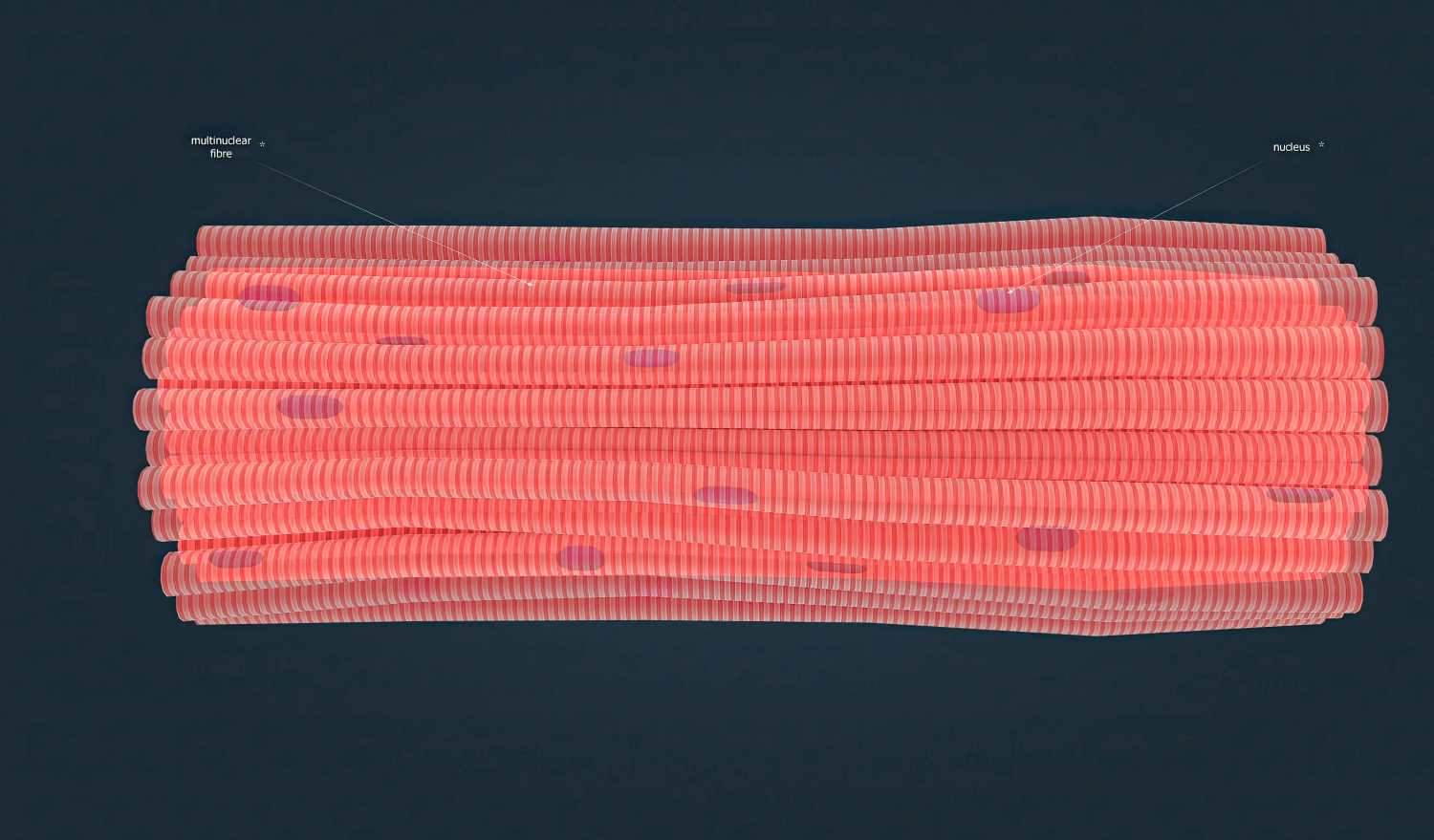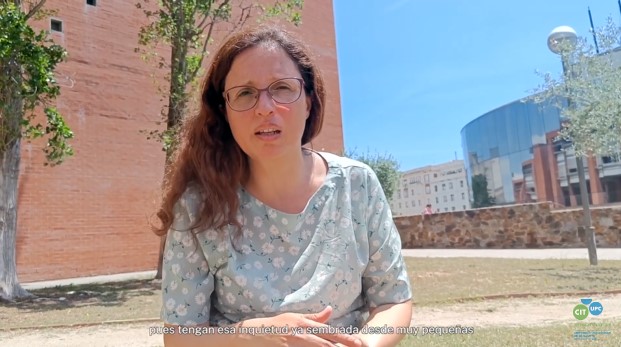Mónica Rojas, a prominent researcher at the BIOART Research Group within the Biomedical Engineering Research Center (CREB) of the Universitat Politècnica de Catalunya (UPC), shares on an interview with CIT-UPC the significant strides in the field of neurorehabilitation that her group is getting on the project HybridNeuro.
This project, funded by the European Union, aims to enhance capabilities in the field of motor rehabilitation and neuromuscular disorders. With the collaboration of renowned institutions such as Imperial College London and Chalmers University of Technology, HybridNeuro focuses on merging knowledge in electromyography (EMG) and electroencephalography (EEG) to develop new applications in rehabilitation, sports, and ergonomics.
Mónica Rojas reveals the details of the HybridNeuro project, the technologies developed, and their potential impact on improving people’s quality of life. Additionally, she will address crucial topics regarding gender equality in science and technology, and strategies to attract more female talent to these fields.

What is the HybridNeuro project, and what is its main objective? Who is involved?
The HybridNeuro project is a Twinning action of the European Union aimed at enhancing the research capabilities of the University of Maribor (Slovenia) in motor rehabilitation and neuromuscular disorders, as well as in technology transfer and research exploitation. The project builds on the expertise of three leading institutions in neurorehabilitation within the EU: UPC (Spain), Imperial College London (UK), and Chalmers University of Technology (Sweden). These centers are widely recognized for their contributions to neural control extraction for voluntary movement control, whether from EMG signals (electromyography, analyzing muscle activity) or EEG signals (electroencephalography, measuring brain activity). The idea is to merge knowledge in these two areas—hence the name HybridNeuro—to enhance applications in motor rehabilitation, sports, ergonomics, and more. Additionally, the UPC Innovation and Technology Center (CIT UPC) is involved.
What is BIOART working on for this specific project?
We are focusing on extracting neural information associated with the planning and execution of voluntary movement in both healthy subjects and patients with neuromuscular disorders.
What technologies are being used or developed for HybridNeuro?
We are developing methods for analyzing brain connectivity, inverse modeling of this activity to locate the sources (i.e., where the activity is generated in the brain), extraction of neural indices, HD-EMG signal processing, and extraction of indices and correlations with EEG.
What other research lines are you working on?
Closely related to the project, we are also working on multichannel EMG signal analysis for motor rehabilitation applications. We are currently developing a wearable system to monitor muscle activity in patients with motor disorders. The idea is to empower patients in their rehabilitation process and enable doctors to track progress based on quantitative indices. We are working to increase its TRL (Technological Readiness Level) to bring it to market. Additionally, we have other research lines focused on respiratory systems, particularly mechanical ventilation.
What applications will the technologies you are developing have? How will they change or contribute to changing people’s lives now and in the future?
The technologies we develop are aimed at supporting rehabilitation processes for neurological, motor, and respiratory disorders. We hope our tools will help improve and/or personalize therapies for these patients, ultimately enhancing their quality of life.
Science, technology, and women. What should we continue working on to achieve real equality in fields like the one you are working in? How can we attract more female talent? Have you detected any biases in the studies conducted within the HybridNeuro project so far?
I believe there have been many advances, particularly in engineering. When I was a student (undergraduate and Ph.D.), women were clearly a minority. Now, I’m surprised to see more female students than male in some courses, which is a clear sign of change. It is worth noting that this trend is more evident in some engineering fields than in others, and greater effort is needed where inequality persists. Perhaps identifying specific areas of knowledge with significant gender disparity and designing targeted strategies is necessary. Attracting female talent, in my view, requires efforts from a very young age. We need to inspire scientific curiosity in girls (and boys, of course) so that this talent eventually reaches the academic and scientific community. It likely also involves offering better salaries and greater flexibility to balance work with family life. The reality today is that many women are heads of households and cannot afford to have regular conditions in either of these aspects.
Mónica Rojas Martínez is a researcher at the Biomedical Signal Analysis for Rehabilitation and Therapy Group (BIOART), Biomedical Engineering Research Center (CREB) of the Universitat Politècnica de Catalunya – BarcelonaTech (UPC). She graduated in 1999 as an Electrical Engineer from the University of the Andes in Bogotá, Colombia. Subsequently, she pursued a Ph.D. at UPC, focusing her thesis on designing protocols and analyzing EMG signals (electromyography) as tools in the diagnosis and rehabilitation therapies for upper limbs. She is currently part of the UPC team coordinating the European HybridNeuro research project. The project aims to establish a new approach to analyzing the motor system and human musculoskeletal movements, as well as transferring academic research to clinical and industrial practice.



